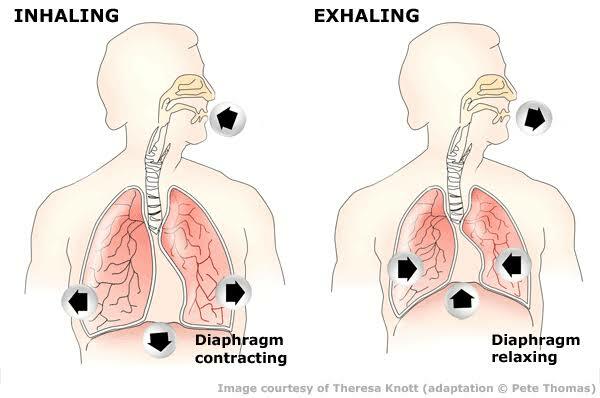
Before we knew it, we had introduced the basic skills of saxophone for the third time. If you followed our blog to practice, have you already found your improvement? (Below is the link of the previous blog. New friends who have not read it can click to read it.) If you want to continue to learn more basic skills, I believe today's blog will help you! In addition, you still need to make unremitting efforts to achieve the happiness of success.
In the previous two blogs, we introduced the basic methods and improvement methods of saxophone's long tone exercise and interval exercise. After your practicing, do you have a high enthusiasm for it but feel your body still stiff? If you want to change this situation, please carefully read this blog that Six Months Rebellion Music brings to you. I hope you can work harder to consolidate and practice after reading this blog, because scale practice cannot be lazy. If you have not practiced, you will not be able to master this basic skill.
An Effective Exercise Guide for saxophone (Part one)https://www.sixmonthsrebellion.com/blog/posts/saxophone%EF%BD%9Can-effective-exercise-guide-for-saxophone-part-one%EF%BC%89
An Effective Exercise Guide for saxophone (II)https://www.sixmonthsrebellion.com/blog/posts/an-effective-exercise-guide-for-saxophone-ii-1

Since most of our exercises in the first two periods are relatively slow, we don't have much demand on our fingers. At the same time, scale is a very important part of many pieces. If we can practice scales well, we can easily complete the music and exercise our finger flexibility. In particular, the high pitch area and the low pitch area of saxophone are two difficult areas to play, which require our hands to cooperate flexibly with the breath, so scale practice becomes more important.
How to play scales?
We should all know that "scale" is a string of sounds arranged in sequence by whole tone, half tone and other intervals. Although "scale" sounds very simple, they are very important and difficult. When we play music at ordinary times, especially when we encounter large pieces with rather many notes, do you feel very hard? Or do you feel helpless and don't know how to practice?
In fact, we might as well take these scores apart to observe that all notes will appear in the scale, and all combinations will also appear in the relevant exercises. If you always practice these combinations, will we be confused when we encounter these large notes?
The scale exercises generally include: 24 major and minor scales, chromatic scale, third practice, arpeggio practice, etc. Today we will first introduce and explain the C major scale and chromatic scale, and the other exercises will be explained in detail in the following blog.
Scale exercise in C major:
The C major scale is the basis for us to practice all scales and music scores, which contains seven natural tones. Although this scale is very simple to play, we still need to practice carefully, because they are the most common notes! For example:

When playing, we need to pay attention to every note to be clear, accurate, stable and clean, especially when playing re and sol, we must pay attention to the coordination of fingers and breath. At the same time, we need to turn on the metronome and adjust the speed to 60 for slow practice, and then speed up the performance according to our own progress. When we play this scale, we still need to pay attention to the clarity and accuracy of the notes, and we must not be greedy for success.
Chromatic Exercise:
Because there are many notes in the practice of chromatic scale, we often have wrong sound or missing sound at the beginning. Don't worry about these problems, because almost everyone will encounter them. We can break them into two parts during the practice, and combine them after the practice is clear. For example:

After we have practiced the chromatic scale more skillfully, we can speed up the performance. The specific speed can be accelerated as your proficiency increases.
Saxophone lesson : All Major Scales




